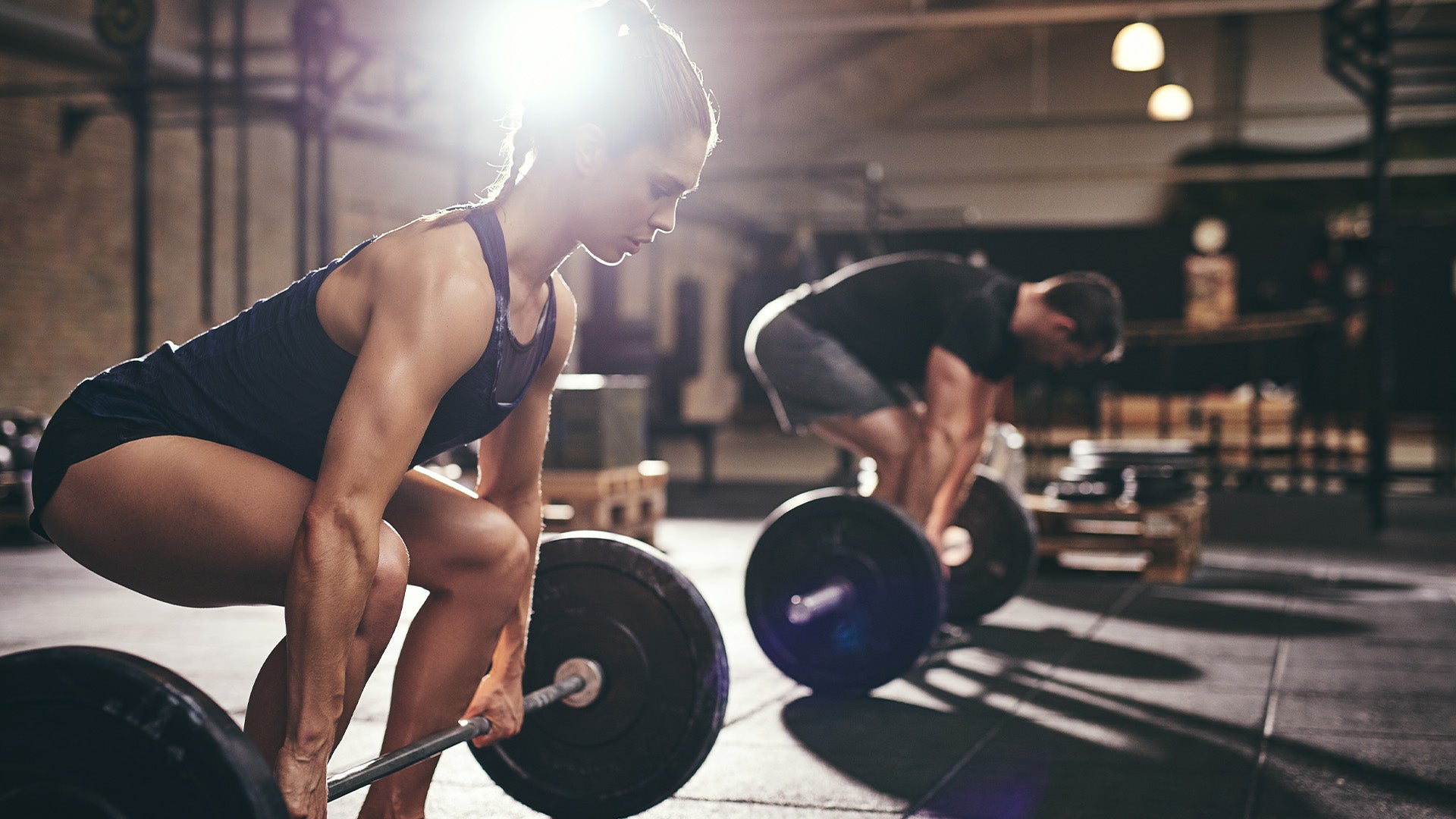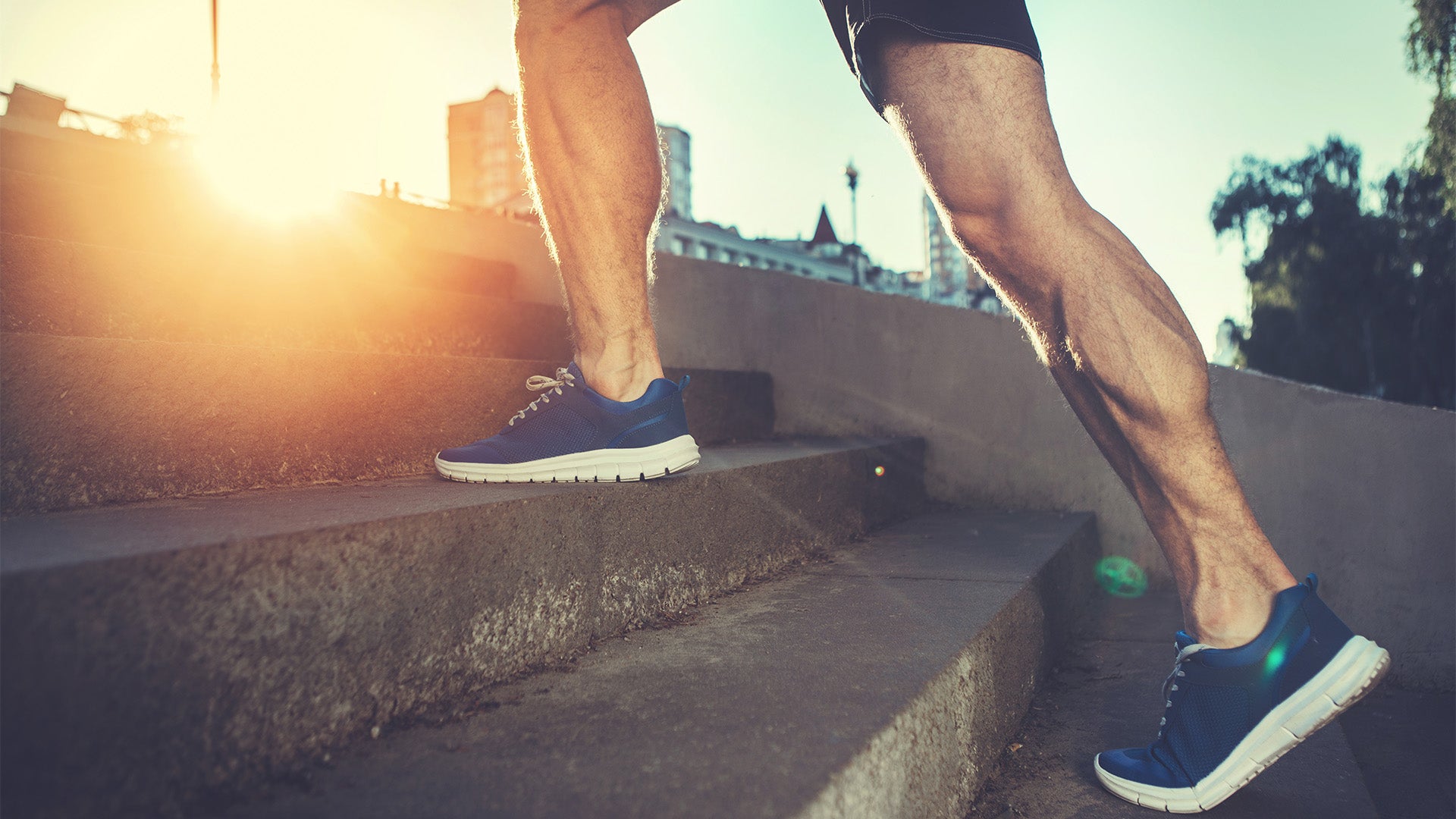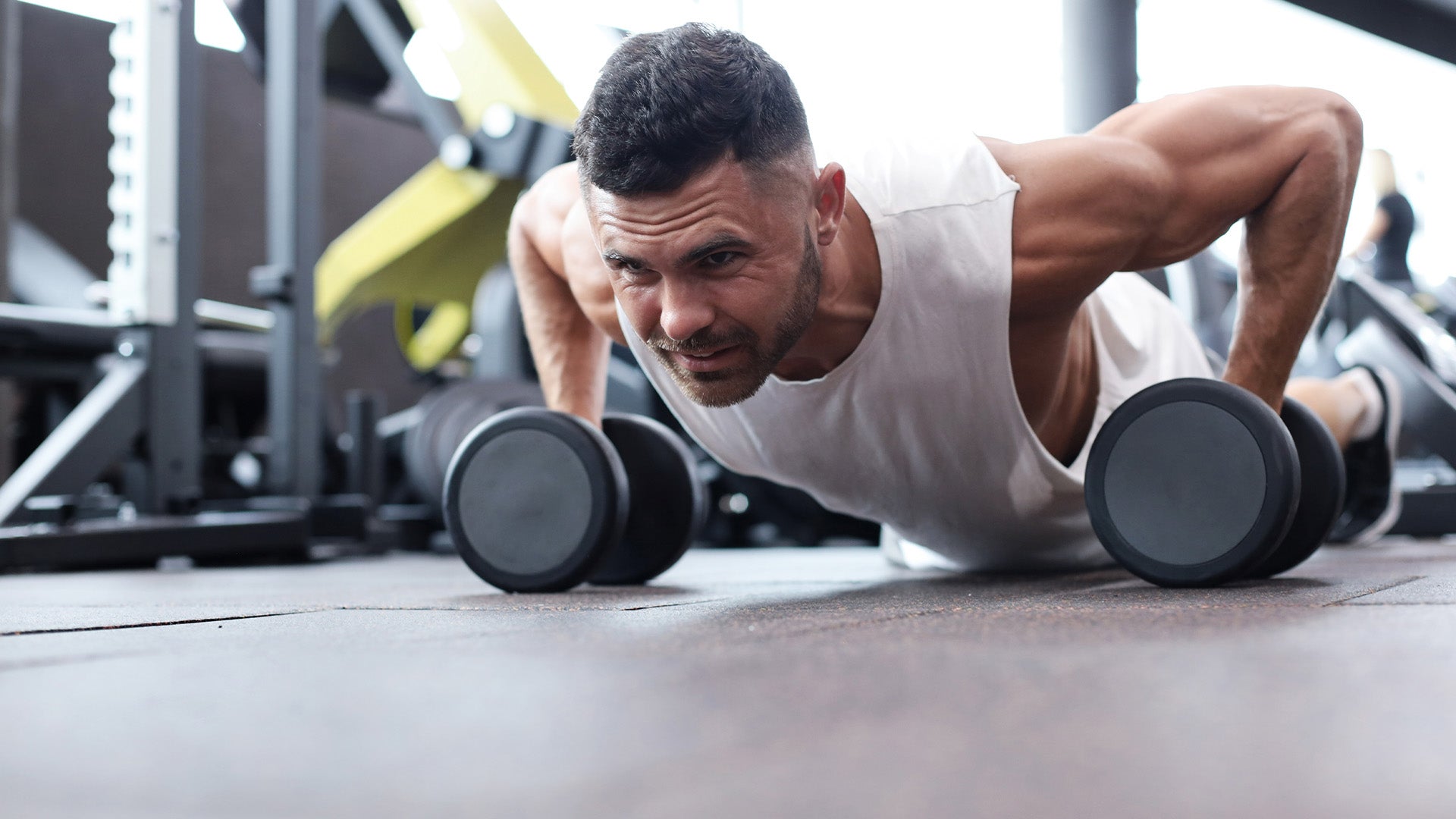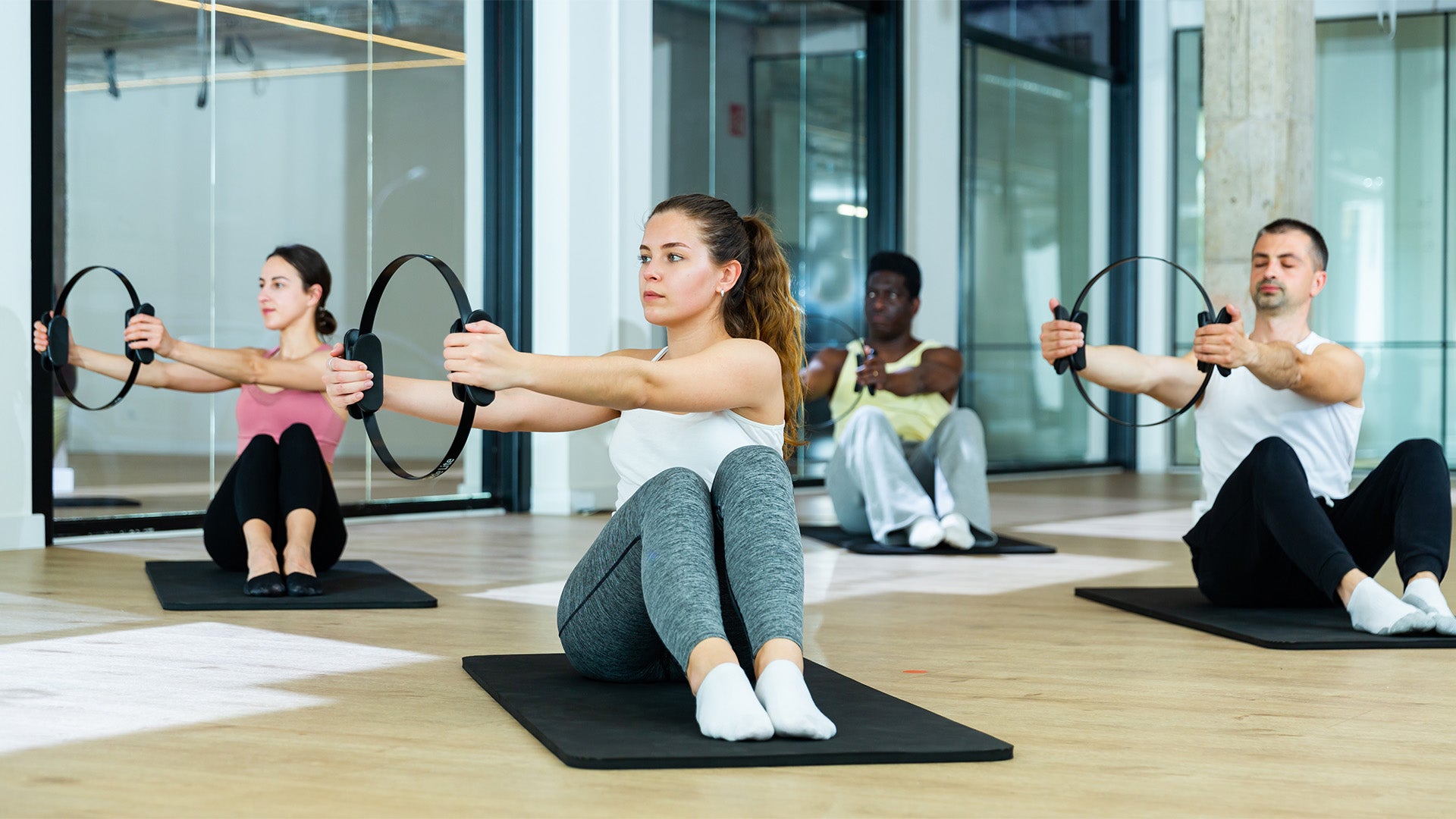Deadlift Standards for Men & Women
The deadlift is a full-body workout that helps strengthen your core muscles, stability, and posture. However, deadlifts are not the same for everyone. Your height, weight, and limb length play a vital role in deadlifting.
Good news — there are deadlift variations suited for everyone based on their body type, and the average deadlift weight for a given body type differs from one variation to the next.
In this article, we will break down what a deadlift is and how to perform a deadlift with proper form. We will also learn about the average deadlift weight standard for both males and females based on weight and experience level.
What Is a Deadlift?

The deadlift is one of three powerlifting exercises alongside the squat and bench press. Deadlifting involves lifting weight off the floor to hip level and then returning the weight to the ground.
The deadlift is popular among Olympic lifters, weightlifters, and bodybuilders as it is a compound lift that works almost every muscle in the body with an emphasis on the lower body and posterior chain. This particular lift can be completed from a variety of sources, such as a loaded barbell, kettlebells, dumbbells, and resistance bands.
What Is the Perfect Form for Deadlifting?
Performing the deadlift can be very intimidating to someone who is just starting their journey in strength training. It is important for anyone performing the deadlift exercise to use the proper form to prevent any injuries, especially when increasing your weight load. Incorrect form can put unnecessary tension and pressure on your lower back and hamstrings.
Understanding the proper deadlift form not only will help with injury prevention but it will also help individuals understand why different body types tend to have different average deadlift weights.
Below is a short digest on how to perform the conventional barbell deadlift exercise:
- Start by standing over the barbell with your stance shoulder-width apart.
- Hinge at your hips so you can grasp the barbell with both hands. The placement of your hands should be just on the outside of your legs.
- Before lifting the barbell, ensure you have a flat back. As you lift the barbell, drive your hips forward to generate power. Your back should remain straight, and your neck should be in a neutral position.
- Lift the bar to your knees by keeping the bar as close to your shins as possible. Continue raising until the barbell is mid-thigh. Then lower the weight back to the starting position in a controlled manner.
What Are the Main Strength Standards for Deadlifts?

There are several different strength standards that can help you understand what level you are at. These include:
- Beginner: A beginner lifter can perform the deadlift movement correctly and has practiced it for at least a month. Beginners make up more than 5% of lifters.
- Novice: Stronger than 20% of lifters. This particular lifter has trained regularly in the technique for at least six months.
- Intermediate: Stronger than 50% of lifters. The intermediate lifter has trained in the technique for two years.
- Advanced: Stronger than 80% of lifters. The advanced lifter has performed and progressed for over 5 years.
- Elite: Stronger than 95% of lifters. The elite lifter has dedicated well over 5 years to perfect the form. This type of lifter often makes up your bodybuilders and competitive weightlifters.
Your body weight, experience level, and gender work together to determine how much weight you can manage when performing a deadlift.
There should be no surprise that your intermediate lifters and advanced lifters can manage a heavier weight load no matter their body weight than a beginner lifter who is just learning the lift.
Some people can progress to an intermediate level faster than others. However, not everyone has the time to spend endless hours in the gym perfecting deadlifts and working on a one rep max. Some individuals have spent a year or two in the gym and still have not reached the level of an intermediate lifter.
The key to your deadlift progressions is to keep pressing forwards and moving up in weight at a pace that works for you. Listen to your body to help reduce the risk of injury.
With Speede Challenger, you can complete the most advanced and rigorous workouts in a fraction of the time you would at the gym. Speede offers advanced and rigorous workouts that also help lower the risk of injury by adapting to you and your fitness level as you move.
What Are the Gender Differences in Deadlift Standards?
A beginner male deadlifter may lift around 173 pounds, while an intermediate male may lift 336 pounds. For females, a beginner may lift 84 pounds, and an intermediate female deadlifter may lift 193 pounds on average.
Does Body Type Affect Deadlifts?
Aside from the strength standards discussed above, some physical attributes help make deadlifting easier. This does not mean that if you don’t have some of these attributes, you cannot perform the deadlift — but you may find other deadlift variations easier based on your body type.
One study found that individuals with a longer torso length to height ratio are likely to have a higher one rep max when performing the sumo variation.
When it comes to the conventional deadlift, shorter individuals have an easier time performing the lift due to the bar being naturally closer to their body, which also puts less stress on their lower back. All the while, tall individuals seem to perform using the hex bar deadlift because it is easier on their body frame.
If you are someone with shorter arms but long legs, you could help reduce the range of motion to a manageable degree by performing rack pulls or deadlifting with the weight on a platform.
Another factor to consider is that some individuals can build muscle and overall body strength more easily than others because of how their body routes energy and burns body fat.
Age also plays a role in weight training. Most 50-year-olds won’t outlift a 25-year-old, for example.
The Bottom Line
There are deadlift standards based on your gender, experience level, and weight, but those are not the only factors that play into an individual's ability to lift heavier weights.
One of the many benefits of deadlifting is there are variations to accommodate individuals' physical attributes that will help them with building muscle mass and strength gains. As long as you understand the lift and have the correct form, you can transform almost any muscle group in your body, as deadlifts are one of the best overall body lifts out there. Speede offers the most effective way to do deadlifts, adapting to your body as you move and giving you instant feedback to propel you towards your fitness goals.
Sources:
Deadlift Standards for Men and Women (lb) | Strength Level
Anthropometrical Determinants of Deadlift Variant Performance | PMC (nih.gov)



